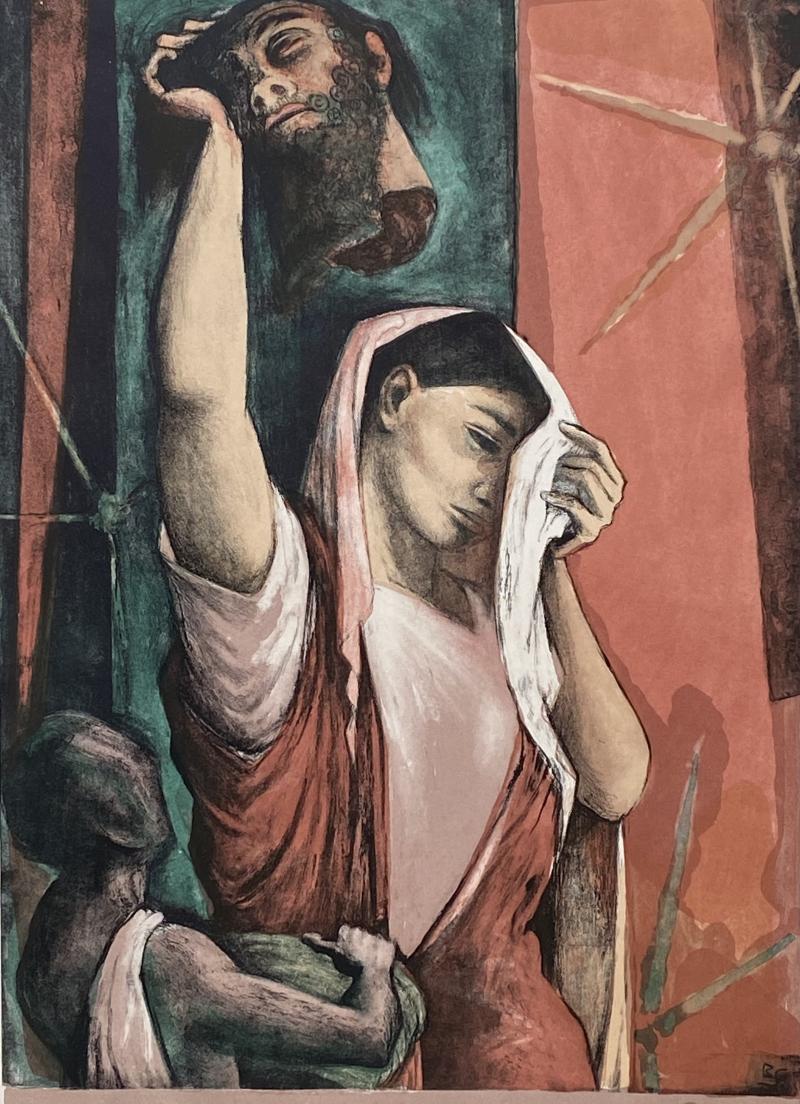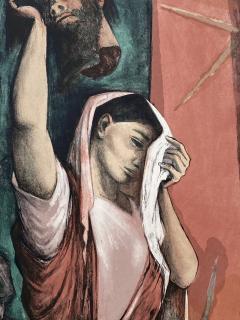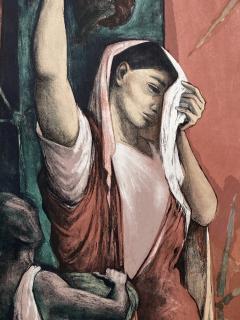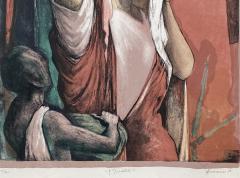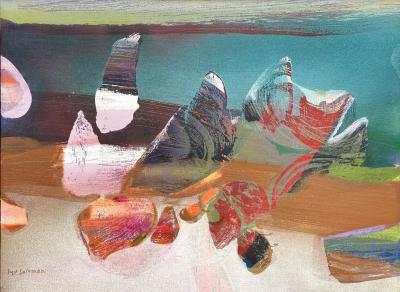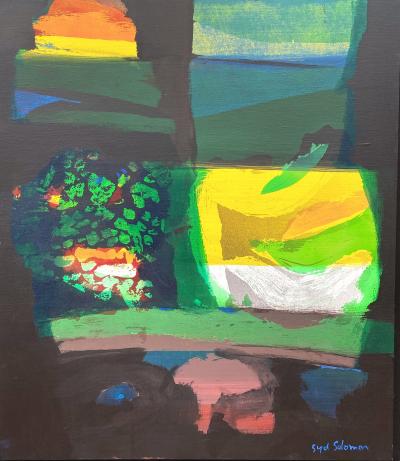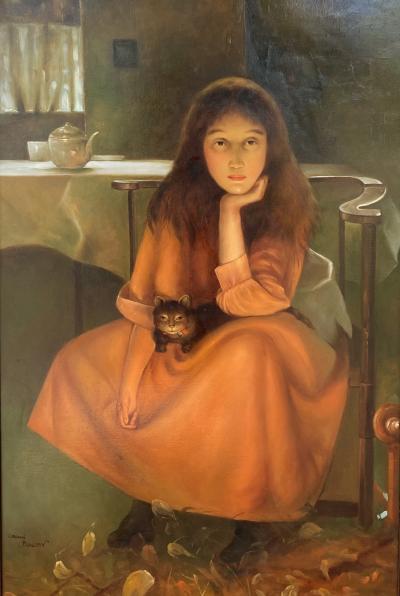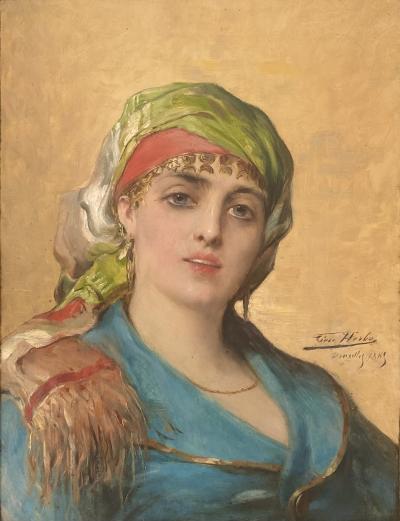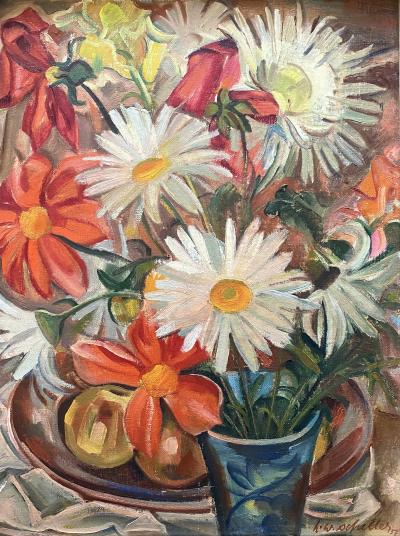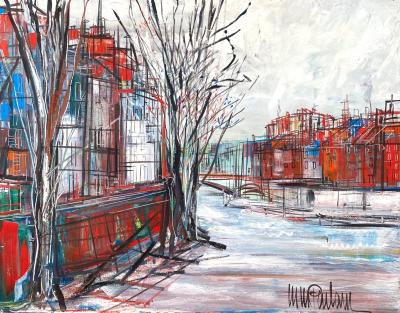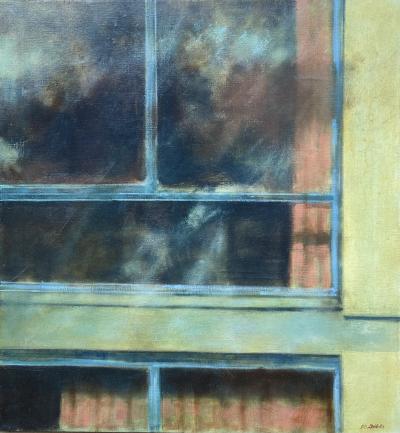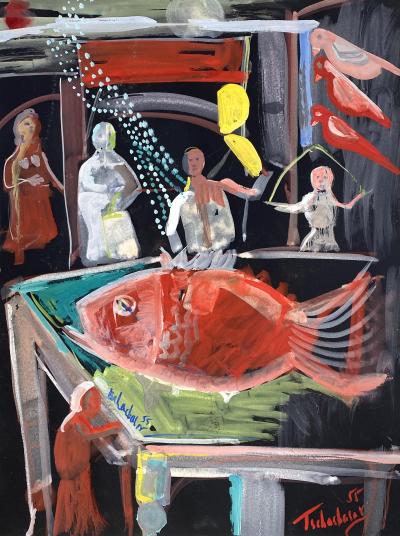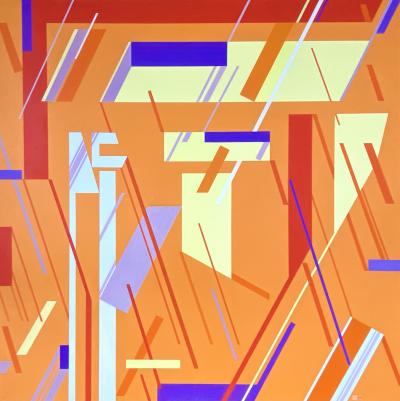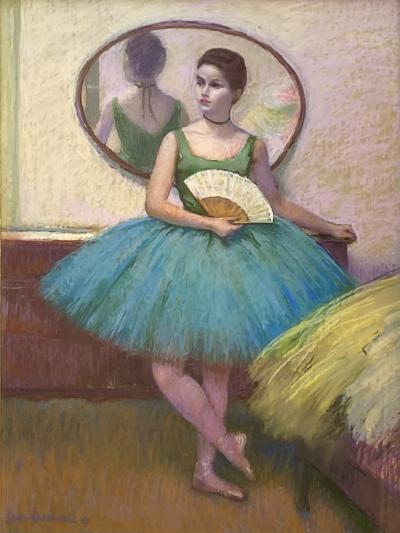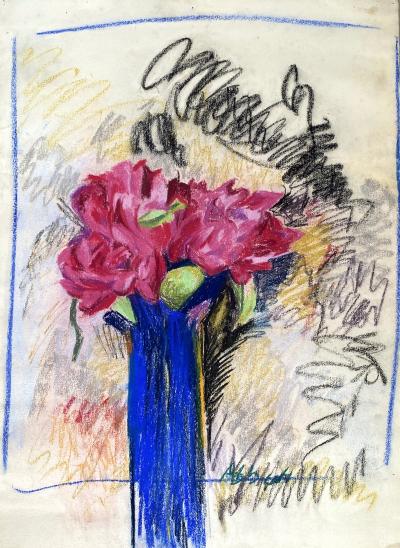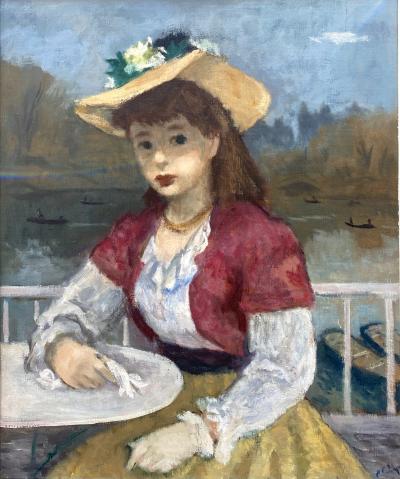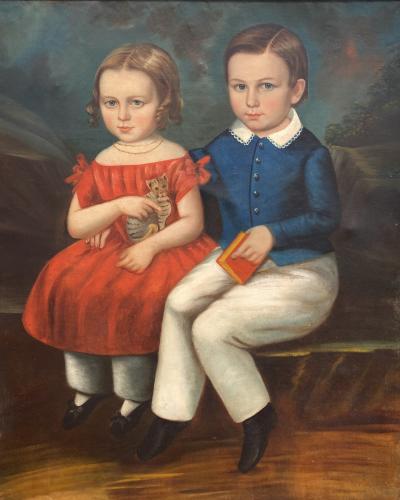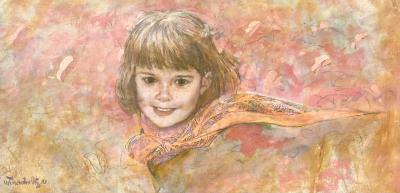Listings / Fine Art / Prints / Figurative
"Judith"
-
Description
Strong and vibrant color lithograph by the American artist, Benton Murdoch Spruance. Edition size in pencil lower left margin 7/40. Titled in pencil middle margin and signed in pencil lower right margin. Dated 1950. Condition is very good. Image size 18.5 by 13.5 inches Full sheet size 22.5 by 15.5 inches. Matted size 26 by 20 inches. Unframed. Provenance: Long Island, New York estate.
Benton Murdoch Spruance (1904-1967) was a unique artist and a pioneer in color lithography who forged a vast and very personal oeuvre. His body of work is unusually diverse of subject and particularly attractive for its rich stylistic qualities. Spruance spent his entire life in Pennsylvania, mostly of it in Philadelphia. As a tireless educator, Spruance was the chair of both the Arts Department at Beaver College (now called Arcadia University), as well as Chairman of the Printmaking Department of the Philadelphia College of Art. Many of his works are publicly displayed throughout his hometown and his accomplishments were recognized with his appointed to the Philadelphia Arts Commission in 1953. He also started “Prints in Progress”, a program to teach printmaking to public school students through demonstration and participation. As with most educators, he also loved to learn. He was an avid lithographer and pioneered many methods and techniques for color lithography. He created over 500 editions during his life, with a varied range of subjects, from quiet suburban scenes to serene portraits. Many of his compositions are inspired by biblical narratives, as well as stories from mythology. However, wide ranging inspiration pushed Spruance to also create lithographs depicting war, sports, cities, nudes, or animals. His use of wide tonal ranges and gradations make even his black and white images come to life. His art has a unique feel, with distinctive WPA influences, while also utilizing surrealist curvature and compositional elements. His style and public service to Philadelphia make Benton Spruance, and the many works of art he left behind, an integral part of art history in the United States in the Twentieth Century. -
More Information
Documentation: Signed Origin: United States, Pennsylvania Period: 1950-1979 Materials: Colored lithograph on archival paper Condition: Very good Creation Date: 1950 Styles / Movements: Modernism Incollect Reference #: 549901 -
Dimensions
W. 12.5 in; H. 18.5 in; D. 0.25 in; W. 31.75 cm; H. 46.99 cm; D. 0.64 cm;
Message from Seller:
Arthur T. Kalaher Fine Art, located in Southampton, NY, offers a curated selection of traditional and contemporary works, including pieces by the Peconic Bay Impressionists and the estate of Nahum Tschacbasov. For inquiries, contact 631.204.0383 or visit arthurkalaherfineart.com.















